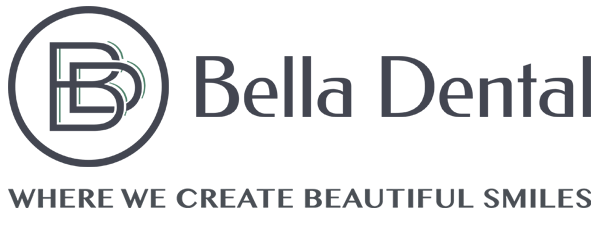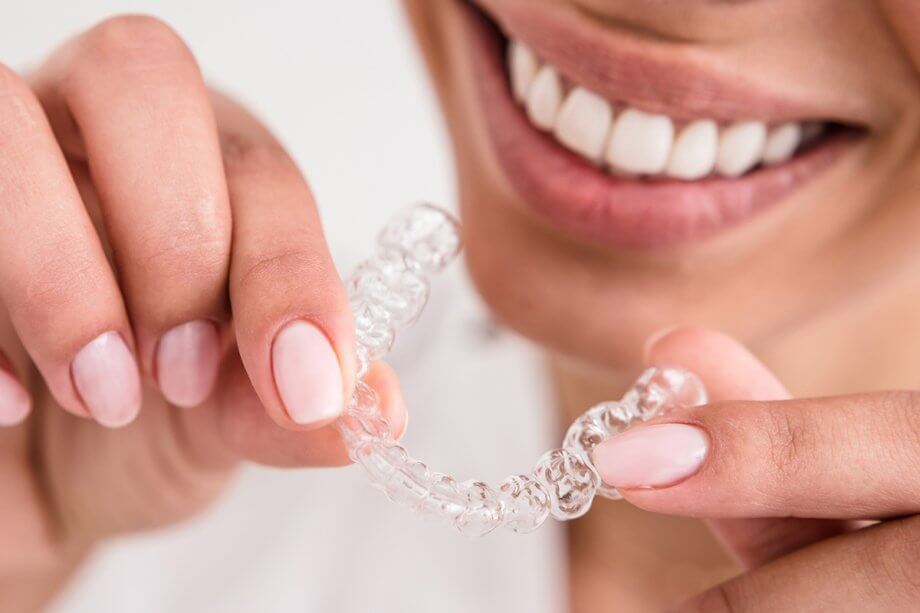Dental insurance can help offset the costs of various dental procedures, but coverage for orthodontics like Invisalign varies.
Basic dental plans typically cover preventive services like cleanings and X-rays. Comprehensive plans offer wider coverage, but orthodontics may be limited or excluded. Sometimes, comprehensive plans cover a percentage of Invisalign costs, but restrictions or limits may apply.
Common misconceptions about insurance coverage for Invisalign
Misconceptions exist around insurance coverage for Invisalign. Many assume their dental insurance will cover the entire cost, but this is rarely true. Typically, insurance only covers a percentage of Invisalign treatment. You'll likely pay a portion out-of-pocket due to coverage limits. Understand these limits to avoid surprise costs.
Another myth is that Invisalign is cosmetic and not covered by insurance. While Invisalign can improve smile aesthetics, it also provides functional benefits like fixing misaligned bites or overcrowding. Many insurance plans cover orthodontics that address these functional issues. Invisalign is not automatically excluded as just a cosmetic treatment.
The key is not making assumptions about Invisalign coverage based on misconceptions. Always review your specific dental insurance policy and speak with your provider. This will give you an accurate picture of how much insurance will cover and the out-of-pocket costs you may incur.
Factors that determine insurance coverage for Invisalign
Whether insurance covers Invisalign often depends on several key factors. The age of the patient is one - orthodontics is more commonly covered for children and teens than adults. However, some plans do offer adult orthodontic coverage, including Invisalign.
Another factor is the severity of the orthodontic issue. Insurance typically covers issues deemed medically necessary, like severely misaligned teeth or overbites. Cosmetic issues like small gaps may not qualify.
The specific dental insurance plan is also important. Some have limitations or exclusions for orthodontics, while others are more comprehensive. Thoroughly review your plan details to understand coverage terms for Invisalign and orthodontics. Contact your insurance provider with any questions. Don't assume coverage - always verify based on your unique policy guidelines and dental needs.
Types of insurance plans that may cover Invisalign treatment
Insurance coverage for Invisalign varies, but certain plans are more likely to cover it. Employer-sponsored dental insurance often provides the most comprehensive coverage, including orthodontics like Invisalign. While premiums are higher, they offer greater financial assistance.
Dental discount plans can also reduce Invisalign costs, though they are not traditional insurance. Be aware these plans may limit provider choices. Verify your preferred dentist/orthodontist is included first.
Government programs like Medicaid and Medicare sometimes cover orthodontics as well, though coverage differs by state and plan specifics. Review guidelines carefully to understand if Invisalign qualifies under these public insurance options.
Alternative financing options for Invisalign treatment
If insurance doesn't cover Invisalign or leaves you with substantial out-of-pocket costs, alternative financing options exist:
- Many orthodontic offices offer payment plans to spread out treatment costs over time, often with little to no interest. This can make Invisalign more affordable.
- Medical credit cards and third-party financing allow you to pay for treatment through manageable monthly payments. Carefully review all terms and interest rates first to ensure alignment with financial goals.
- Some healthcare-sharing ministries may partially reimburse certain orthodontic treatments. Verify coverage specifics in advance.
- Flexible spending accounts (FSAs) or health savings accounts (HSAs) can help pay for uncovered expenses with pre-tax dollars.
- Grants and scholarships for orthodontic treatment may be available in special circumstances.
Invisalign in Holmdel, Brick & Oakhurst
Understanding your insurance coverage options is crucial when considering Invisalign treatment. Thoroughly review your dental insurance plan details and orthodontic coverage. Always consult with both your insurance provider and an Invisalign provider to get accurate information on costs and coverage.
If insurance won't fully cover treatment, carefully weigh alternative financing options like payment plans or medical credit cards. To learn more about Invisalign, contact us at one of our offices in Holmdel, Oakhurst, or Brick, NJ.
Frequently Asked Questions
How much does Invisalign cost?
The cost of Invisalign treatment is directly related to the depth of your treatment and the number of aligners you will need. Scheduling a consultation is a great place to start so that you can receive a treatment cost based on your personal needs.
How long does treatment with Invisalign last?
The length of your treatment will be based on your personal dental needs. For some, treatment can be completed in several months. For others, it could be a year or two.


